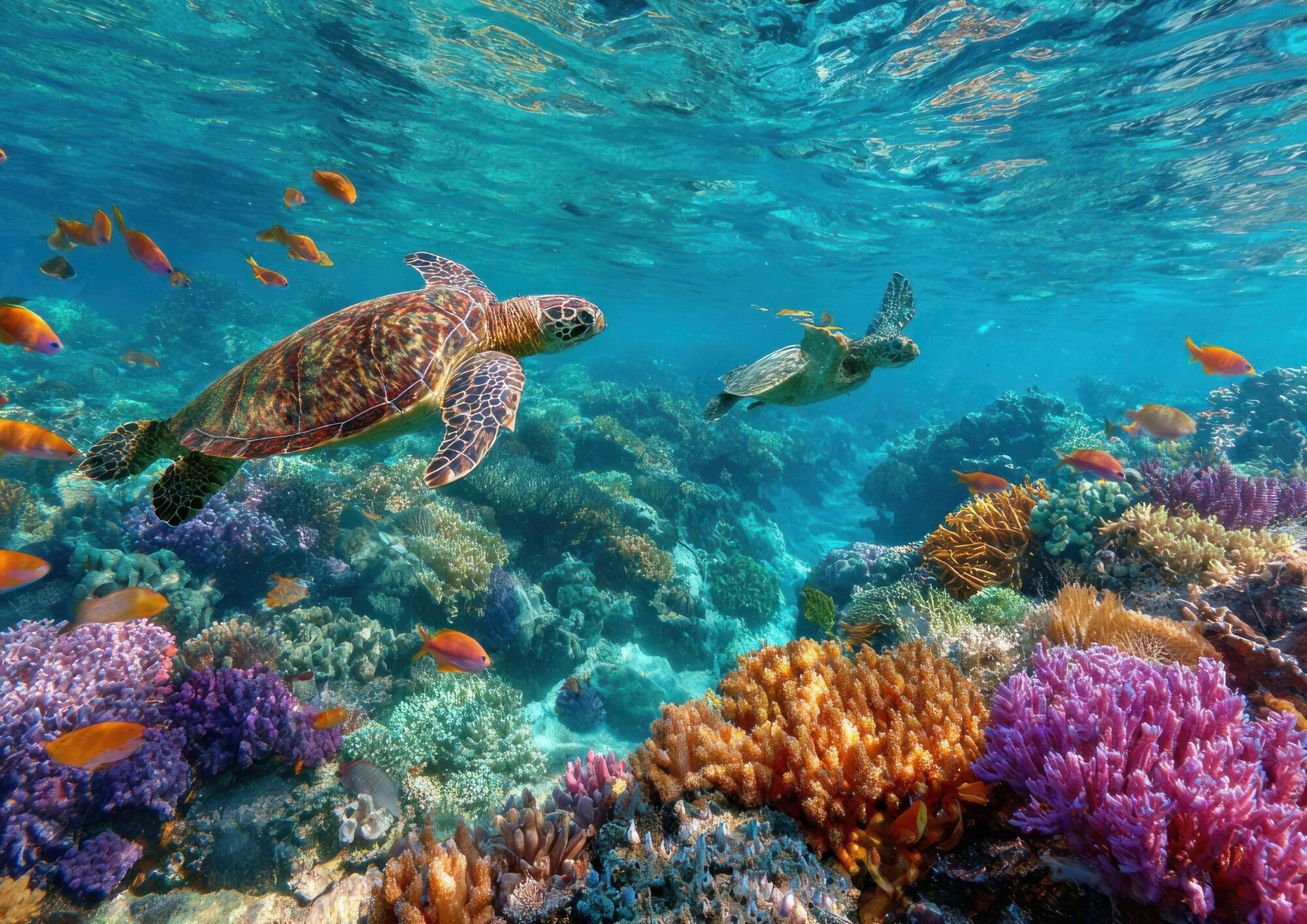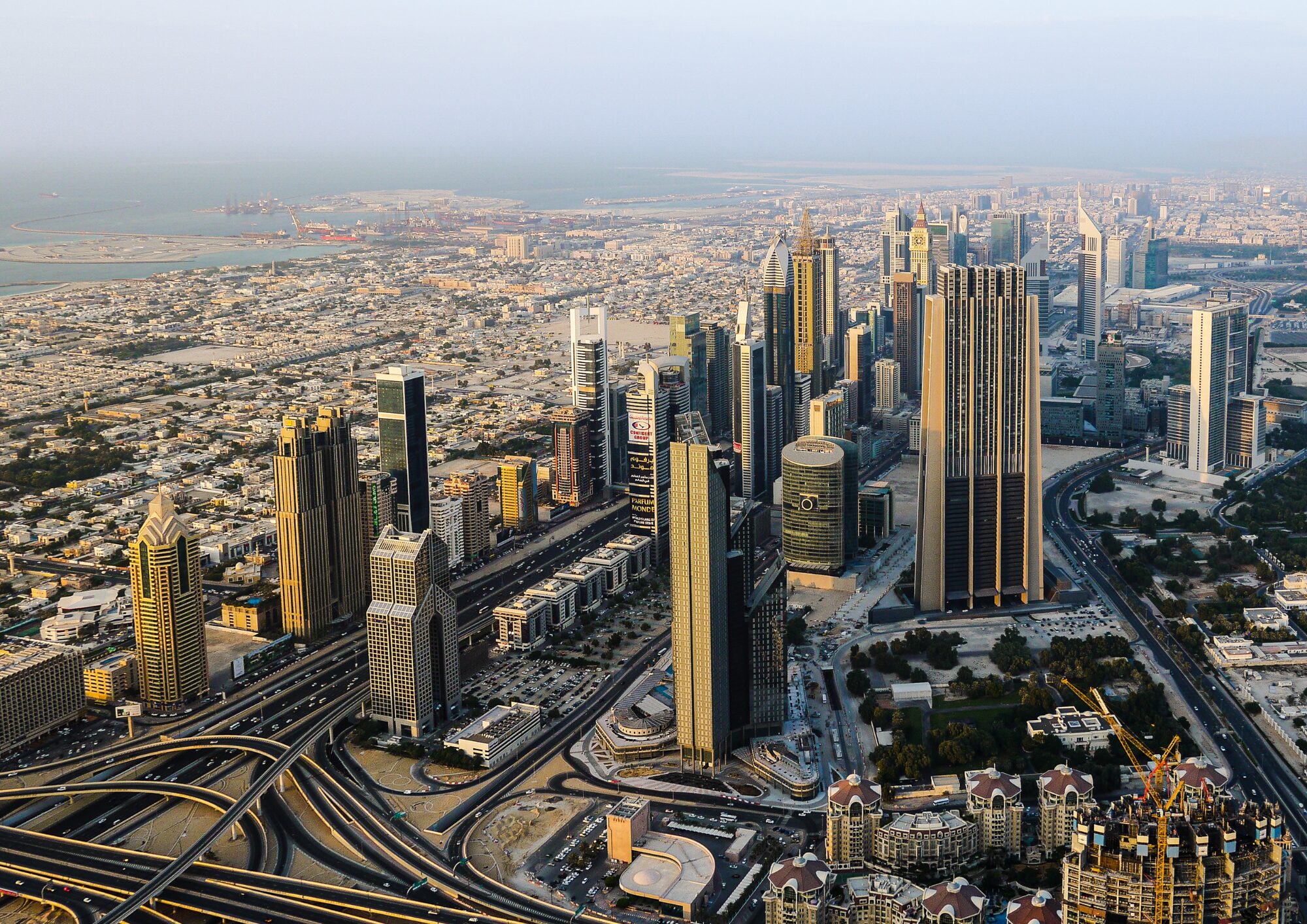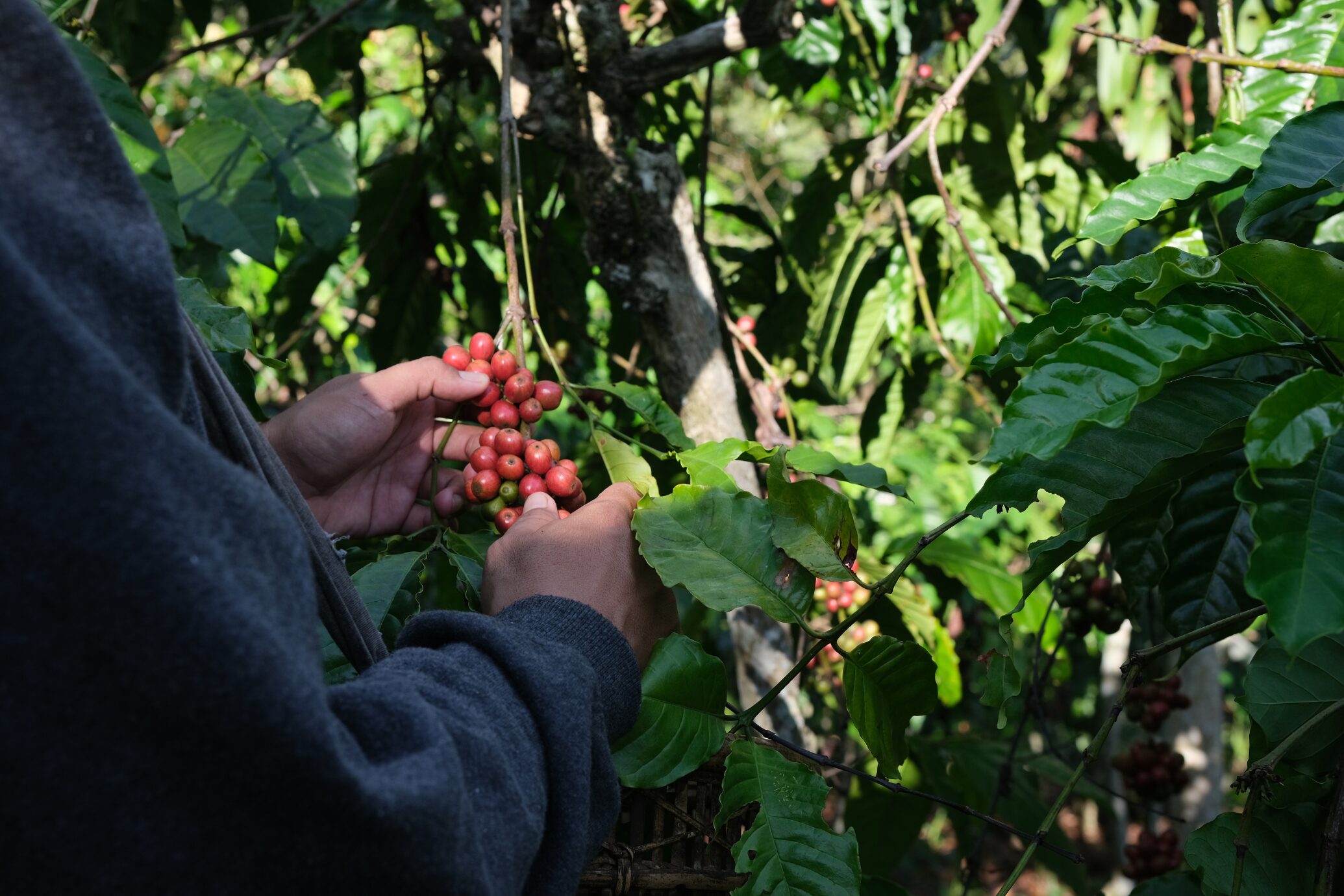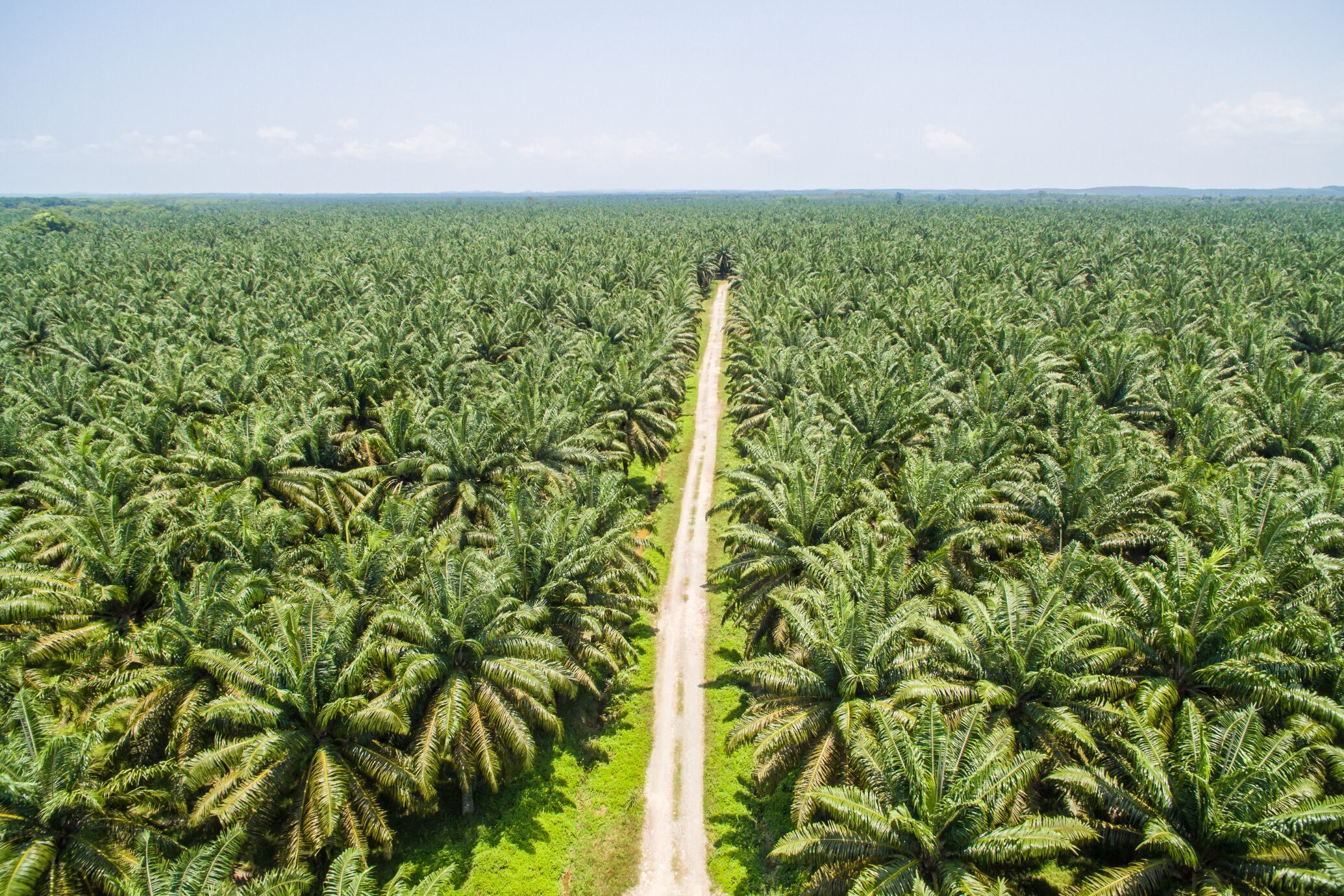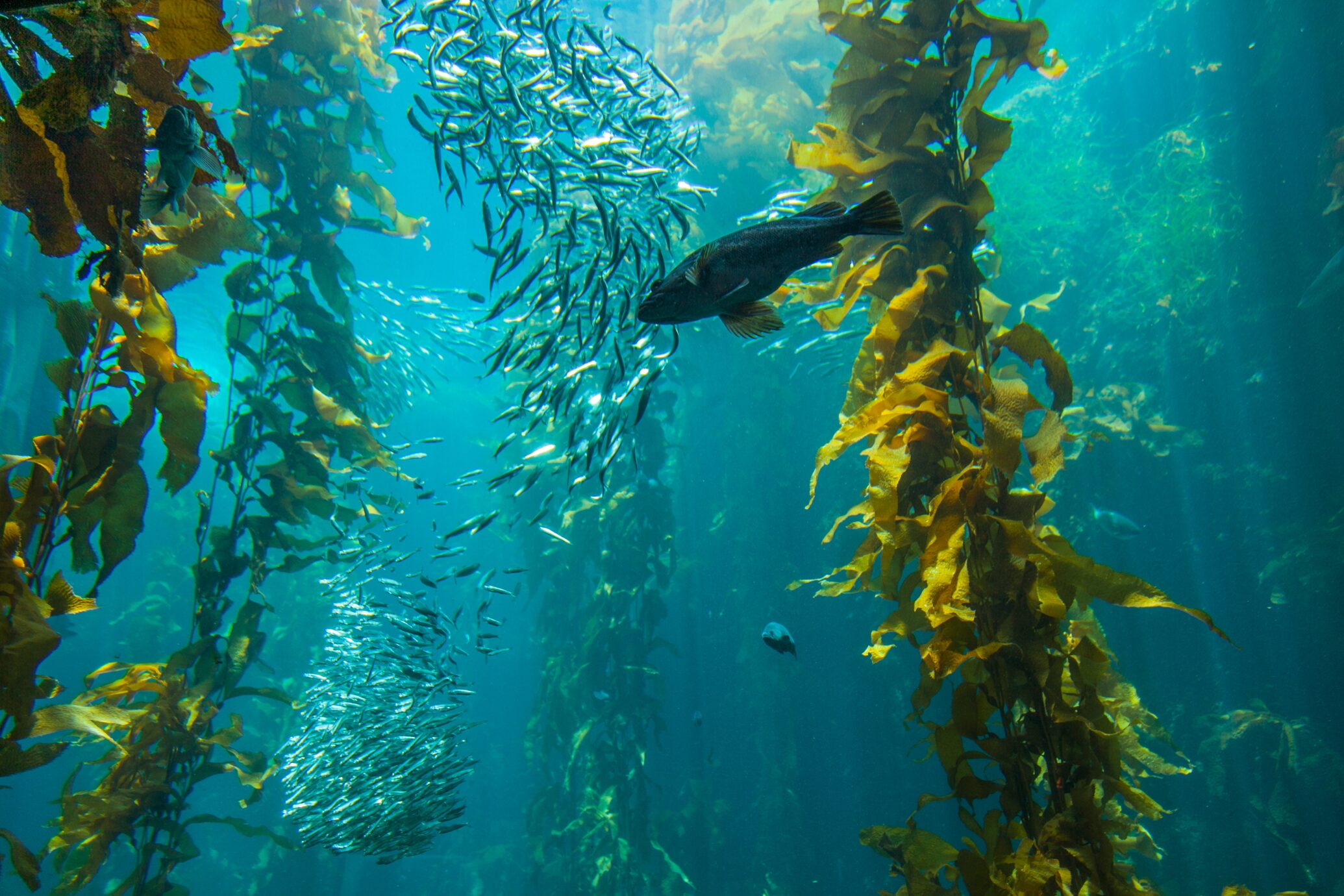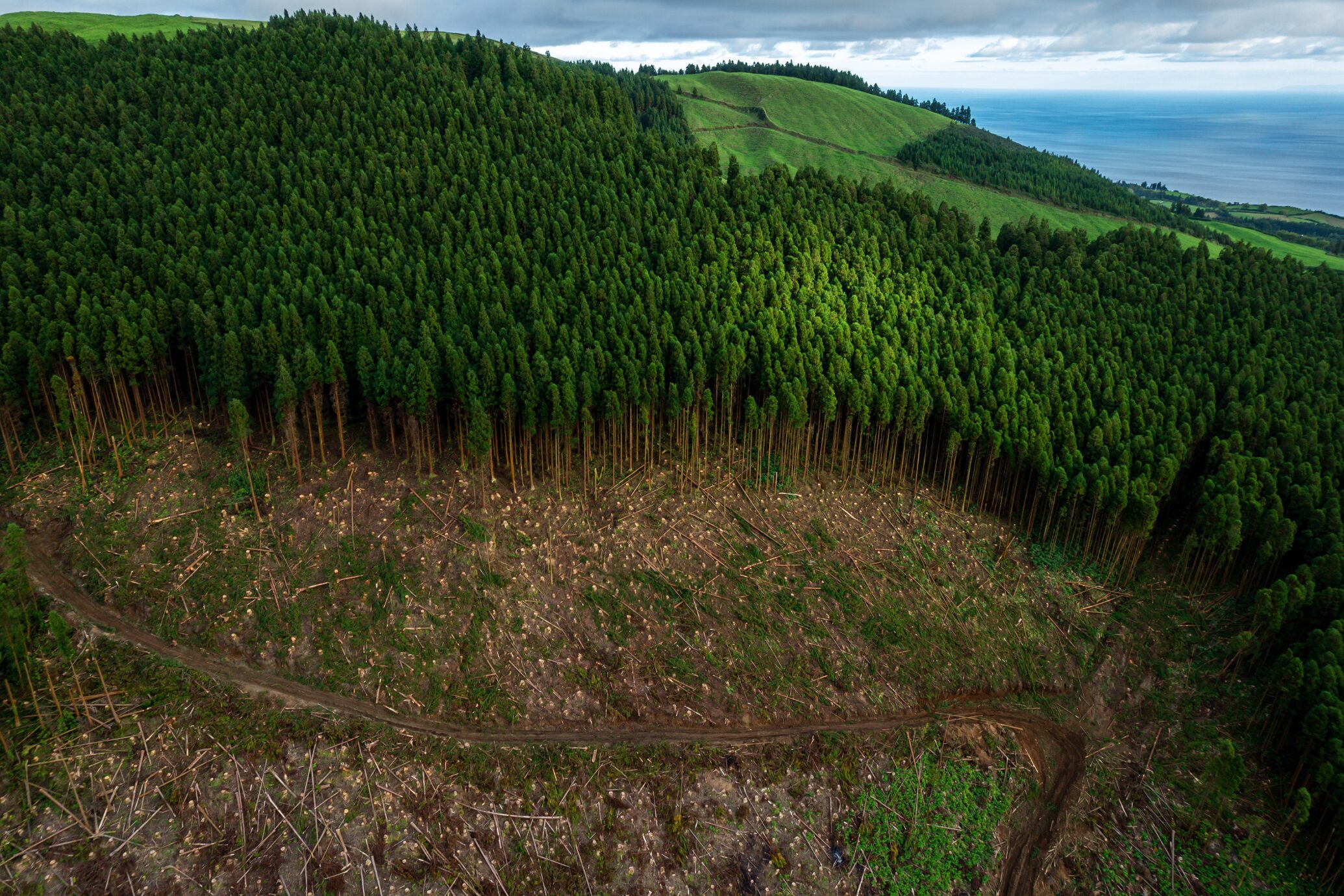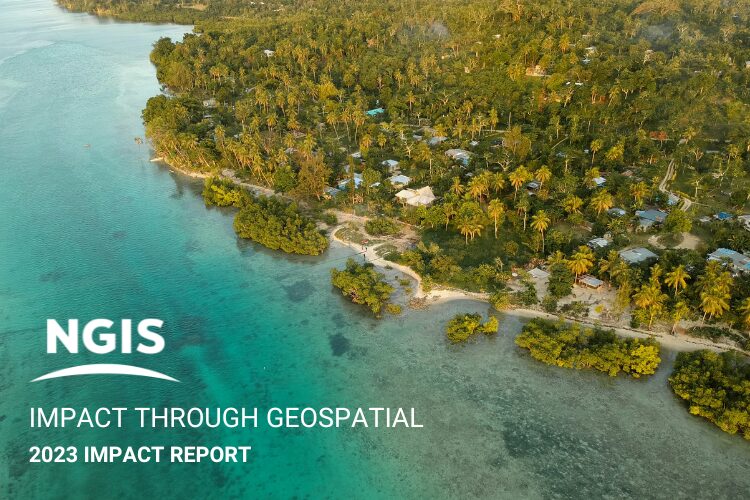Protecting Biodiversity in Manufacturing
Biodiversity Biodiversity and nature provide all of the essentialecosystem services, including clean water resources,pollination activities, disease control, soil formation,climate regulation, cultural contributions and muchmore, that underpin the majority of global industriesand supply chains today. Loss of these ecosystem services is projected to cost the global economy over $2.7 trillion by 2030. Recognising this, the United…

